We established a couple of requirements for the trigger to pass before it is considered ready for pre-production prototype build. The first was that it must pass 100,000 dry-firing cycles. To this end Casey built a really cool cycling test rig. Cycling at around 1 per second the trigger operated for a little over 27 hours. With no failures!
Then came the live fire test. We decide that the trigger must operate for 10,000 rounds without hiccups. This was during the height of the ammo shortage so insuring we had 10,000 rounds to shoot was not easy. Fortunately, we had a stash of 5.56 in stripper clips set aside just for that day. The plan was to go out to our range and, between Brodie, Casey and I, knock out the test in an afternoon. No sweat. We have routinely shot 30,000 in a day doing Minigun testing. How hard can it be? Well it turns out it is very difficult. And painful. Step one: load 334 magazines. Not all at once of course. We had ten mags that we loaded over and over. Even with stripper clips this got old fast. Then we still had to shoot them.
We started by doing drills so as not to just blow the ammo. By the first hour and first thousand rounds we were pretty much over that. So, it became a contest of just how fast we could dump mags. At this point the gun gets too hot to shoot without gloves. Then it was too hot to shoot with gloves. Finally, it was too much. We loaded a fresh mag, chambered a round, and bang! The gun cooked off almost immediately.
I think at that point we were about 2000 rounds into the 10k test. Clearly, we needed to slow it down a bit. The whole process ended up taking the weekend. But it was a good time all in all. Best part was that the trigger performed flawlessly.
With 100,000 dry fires and 10,000 live shots on one trigger in the books it was time to run the first pre-production prototypes.




